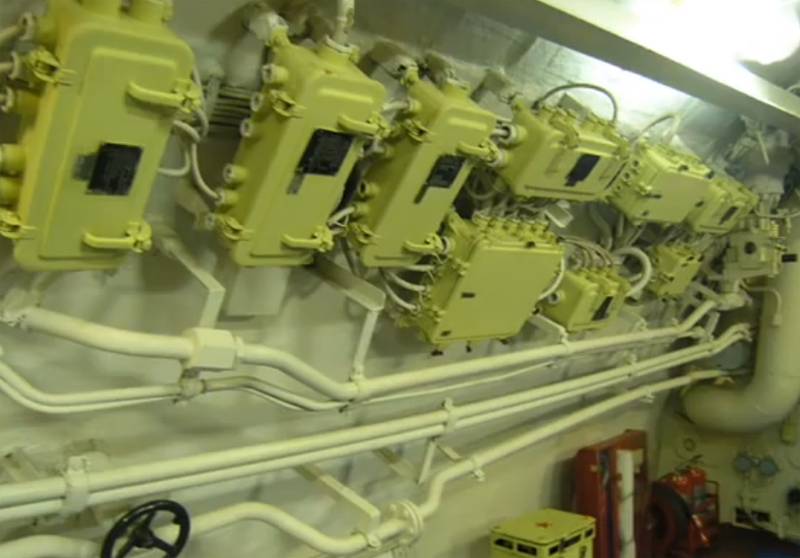The media said that the lithium-ion battery caught fire in the deep-sea AC-31

The author of the material on the portal "Fontanka" claims that the commission to establish the causes of the fire on board the deep-water apparatus allegedly called “short circuit, thermal acceleration and explosion lithium battery". At the same time, the question of the expediency of using lithium-ion batteries on deep-sea vehicles is discussed. The problem is in maintaining the safe operating parameters of such batteries under high pressure.
Earlier in his report, the head of the Ministry of Defense reported to the president that a fire had arisen in the battery compartment.
On the mentioned site it is noted that the partner of "Malachite" is the battery pack "Rigel". Attempts to create a suitable safety level of lithium-ion batteries for deep-water vehicles have been actively undertaken over the past five years. At the same time, the aforementioned company, as Fontanka writes, reports that it has already achieved success in this area in the 2007 year.
The site contains data on several contracts with the Rigel company, among which there is a contract for the development of a lithium-ion battery. Whether this battery was installed on the AC-31 is not officially reported.
At the same time, “Fontanka” notes that one of the former members of the company's management considered it impossible to use such batteries on the deep-sea device AC-31 and others like him. The interlocutor of "Fontanka" said:
Why on the "Fontanka" decided that the lithium-ion batteries from the "Riegel" installed on the AC-31, to put it mildly, is not entirely clear.
At the moment, an investigation into the causes of the fire on board the Losharik AC-31 is ongoing. The official results of the commission has not yet been published.
Previously "VO" published material from the burial site of the dead hydronauts, which the liberal media initially called "secret".
Information